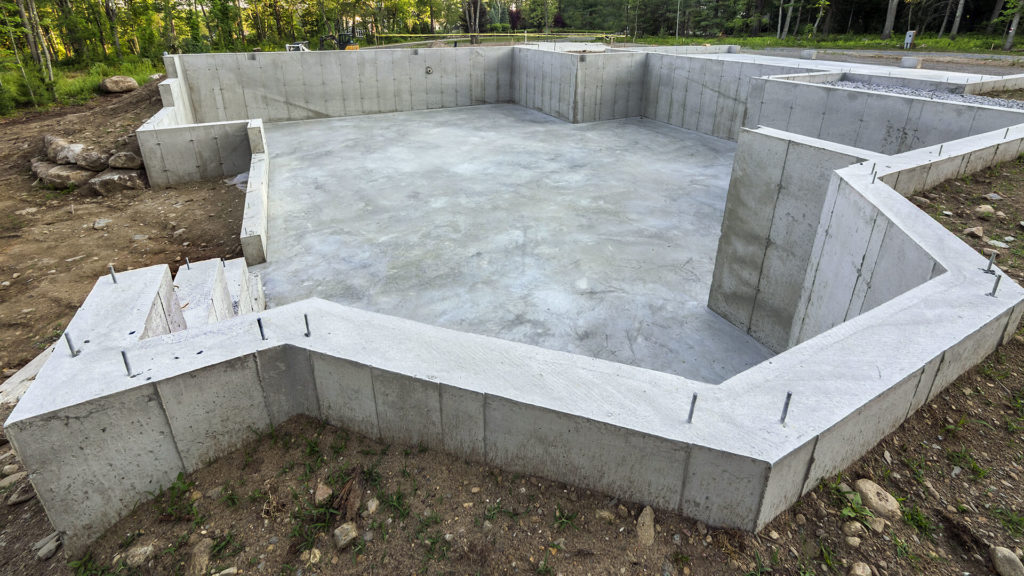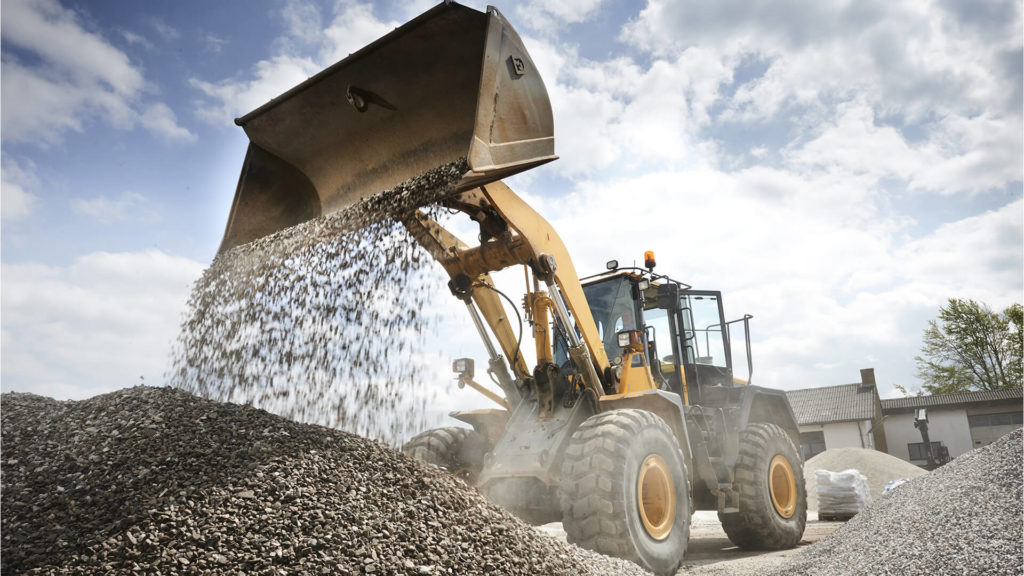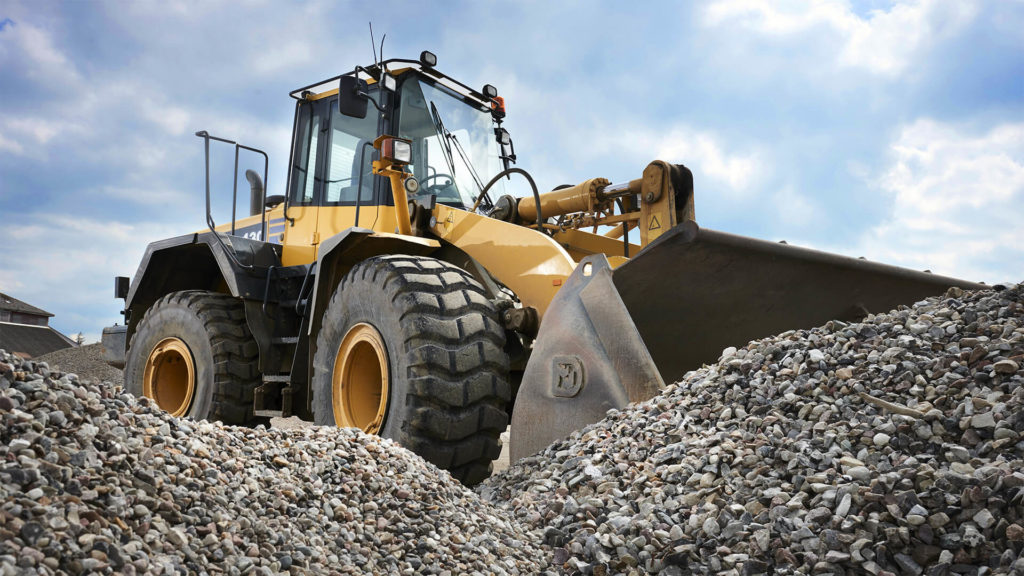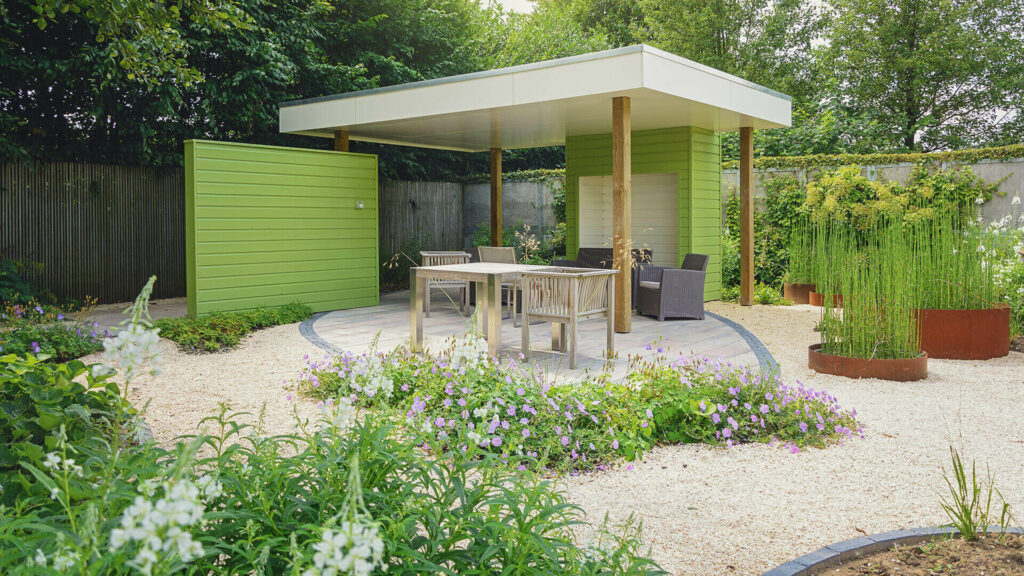When planning a landscaping or construction project, choosing the right base or decorative material is essential. Two popular choices are slag and gravel. While they may look similar and serve many of the same purposes, there are important differences in their composition, appearance, cost, and performance.
What Is Slag?
Slag is a non-metallic byproduct of metal smelting, primarily from steel, or less commonly from copper production. It forms when impurities in the ore or scrap metal combine with fluxing agents like limestone under high heat. The result is a mineral-rich, chemically stable material that can be crushed and screened for use in construction and landscaping.
Key Components of Slag:
- Calcium oxide (CaO)
- Silicon dioxide (SiO₂)
- Aluminum oxide (Al₂O₃)
- Magnesium oxide (MgO)
- Iron and manganese oxides (already oxidized)
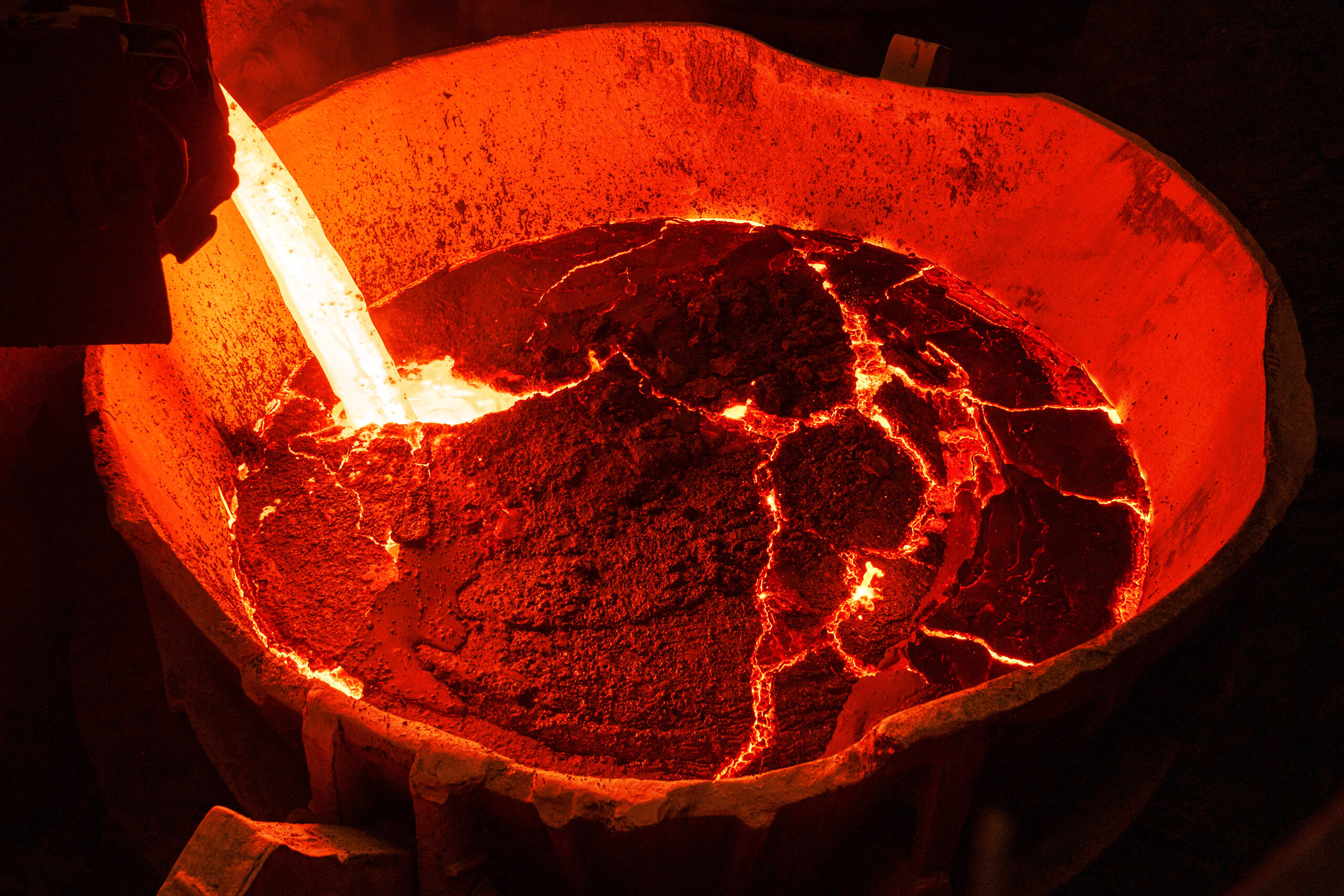
What Is Gravel?
Gravel is a naturally occurring aggregate, typically formed through the weathering and erosion of rocks. It’s mined from quarries or riverbeds and sorted by size. Common types include limestone, granite, and river rock.
Gravel comes in a wide range of sizes, from fine gravel (under 1/4″) to large stones (over 2″). It can be angular (like crushed stone) or rounded (like pea gravel), depending on how it was formed or processed. The size and shape can affect its performance, appearance, and comfort underfoot.
Shared Uses
Both slag and gravel are widely used in:
- Driveways and parking pads
- Walkways and garden paths
- Base layers for patios and roads
- Drainage and erosion control
- Landscaping ground cover
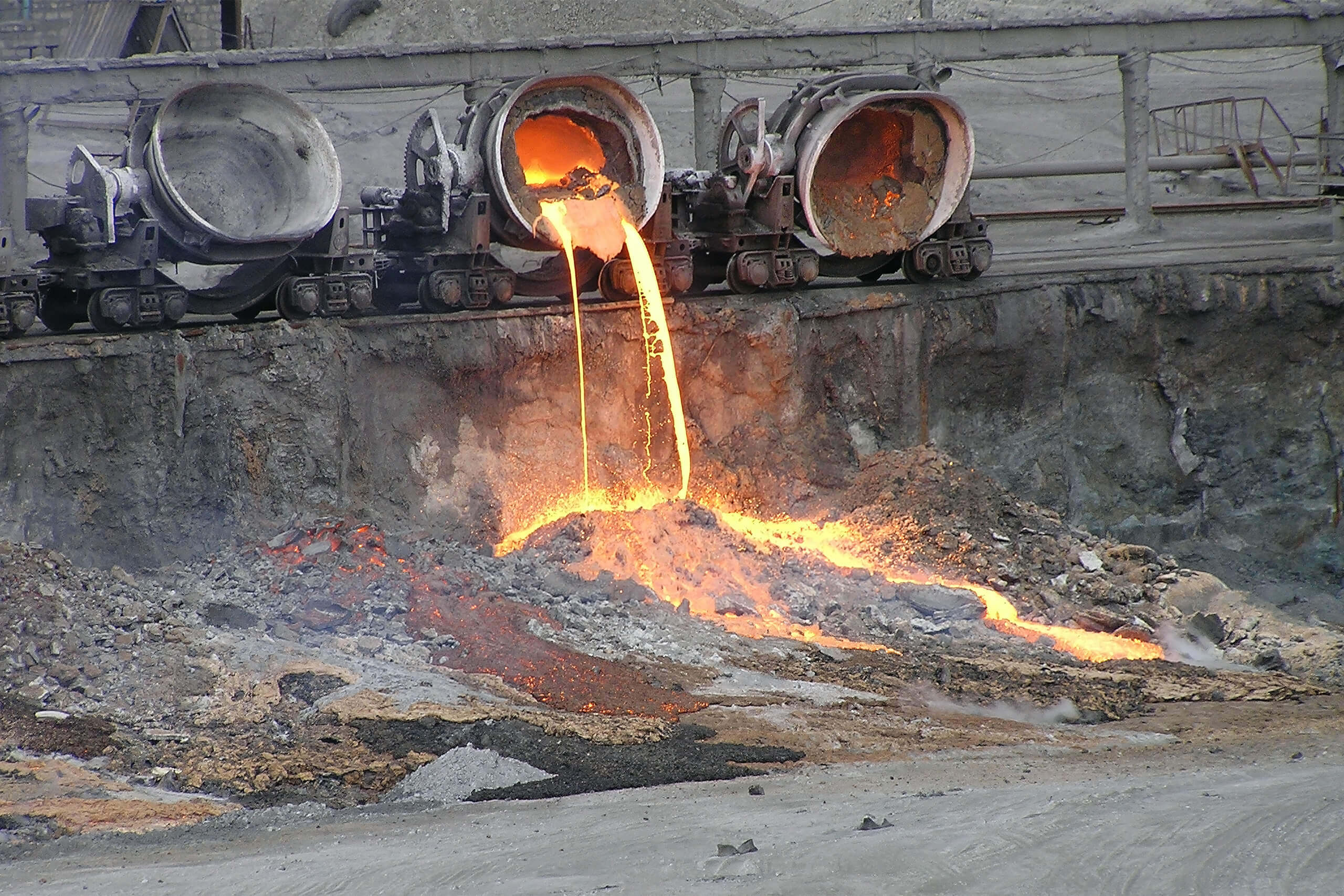
Differences Between Slag & Gravel
| Feature | Slag | Gravel |
|---|---|---|
| Origin | Recycled from steel or copper production | Mined from natural rock sources |
| Texture | Angular, dense, sometimes glassy | Can be angular or rounded depending on type |
| Colour | Dark gray, blue-black, metallic flecks | Natural tones: beige, tan, gray, brown |
| Drainage | Excellent | Good (depends on size and shape) |
| Durability | Very hard and wear-resistant | Varies by type (e.g., granite vs. limestone) |
| Environmental Impact | Recycled material, diverts industrial waste | Quarrying impacts ecosystems and landscapes |
| Soil pH Effect | Slightly alkaline, avoid using around pH-sensitive landscaping | Usually neutral |
| Cost | Often cost-effective where available | Varies by region and type |
| Size & Shape | Can be screened and offered in different sizes depending on the supplier (typically angular) | Fine to coarse (angular or rounded) |
Which Should You Choose?
Use Slag If You Want:
- A sustainable, recycled material
- A modern, dark-toned look
- Excellent load-bearing capacity for driveways
- Superior compaction and drainage
Use Gravel If You Want:
- A natural, rustic aesthetic
- Softer material for bare-foot walkways
- More local availability in certain areas
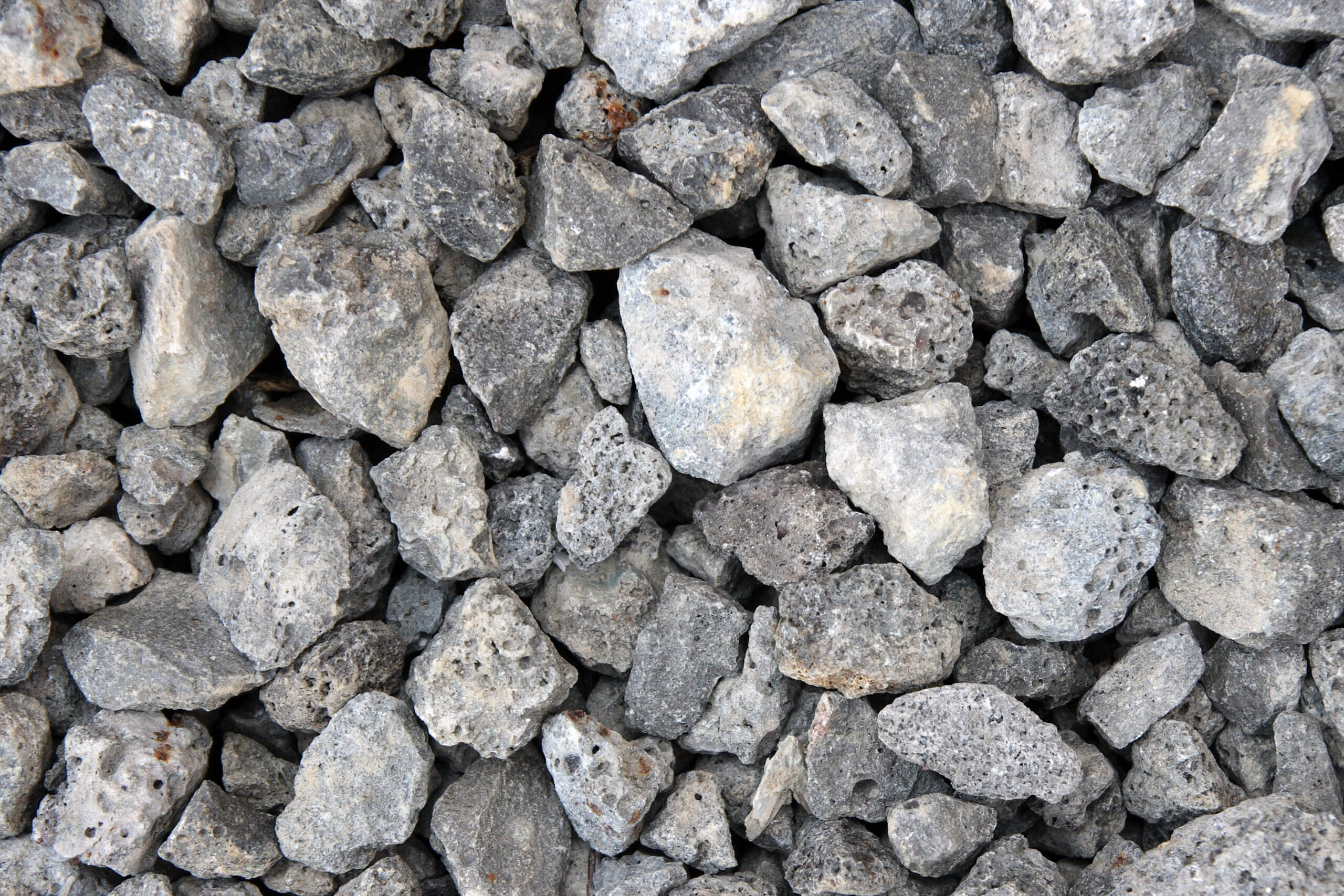
Final Thoughts
Both slag and gravel are excellent choices, but your project’s goals, design preferences, and site conditions will guide the best option. If you’re still unsure, visit your local sand and gravel supplier to see samples firsthand or speak with an expert about your specific needs. For materials and support in the Regina area, contact us today to speak with a knowledgeable team member.

